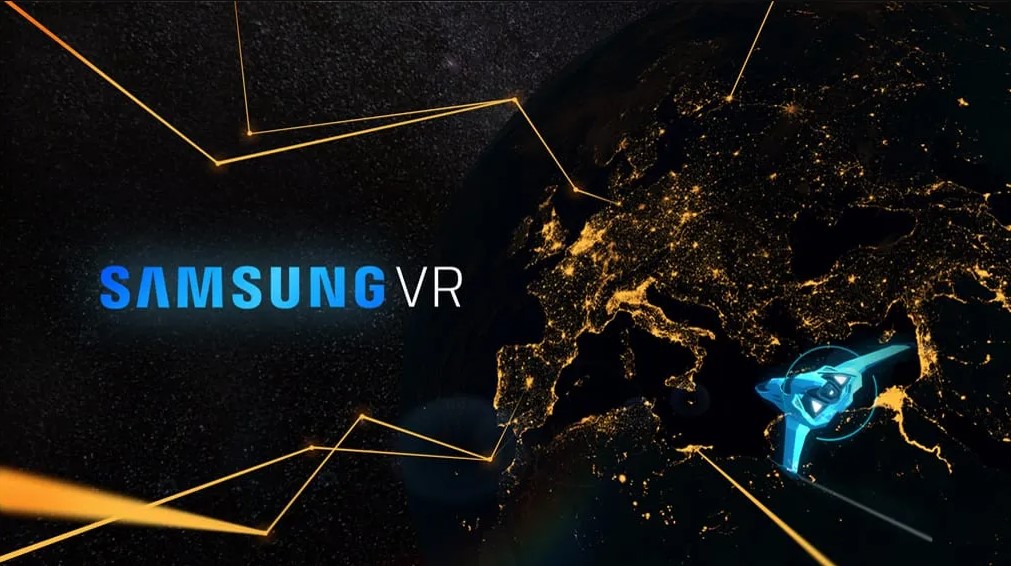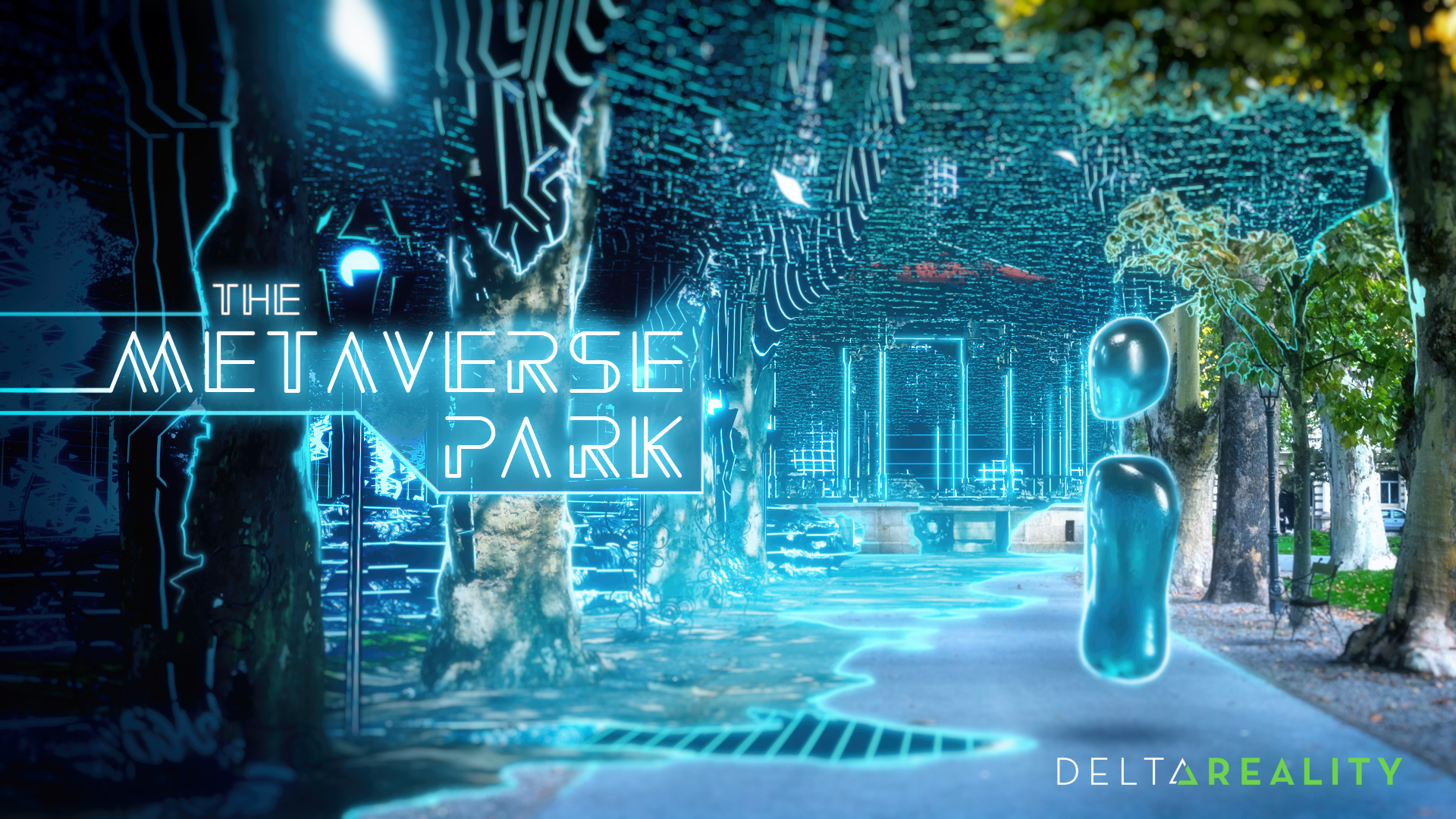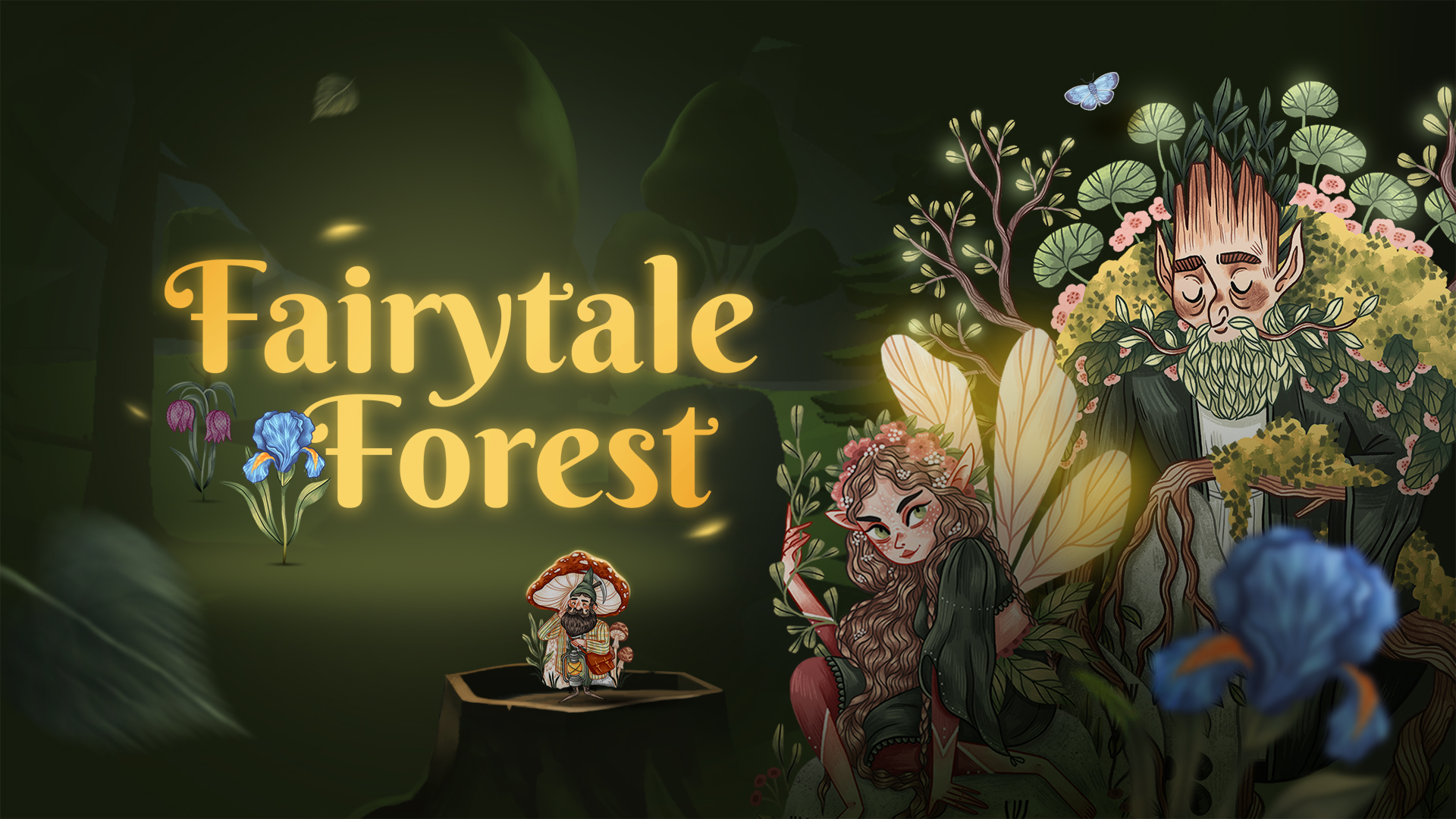The next step was to progress from a real magical forest to an imaginary magical forest. We wanted to show how stylized experiences widely used in VR can also be immersive. This was also a perfect moment to start adding interactive elements. We created a serene magical forest scene where you can create a soothing ambience sound just by looking at tree tops.
The goal was to show that virtual reality isn’t a passive experience, but one where you really are a part of this virtual world. At this point in the experience, enough time had passed for people to have adjusted to virtual reality. It was the perfect moment to give them an adrenaline rush, by revealing the vast range of emotions that can be experienced in VR.
We decided to use a roller coaster, especially as it made narrative sense.
This is a great way to give people an adrenaline rush in virtual reality without creating motion sickness. Generally, roller coaster rides last for two to three minutes, but we only had 30–40 seconds to play with. Luckily, we have experience in constructing roller coaster rides.
We managed to condense the experience to include both an ease-in to the ride as well as a huge, dramatic dive to create excitement. At that point, most people started to comment on how their bodies felt as though they really were on that ride.





